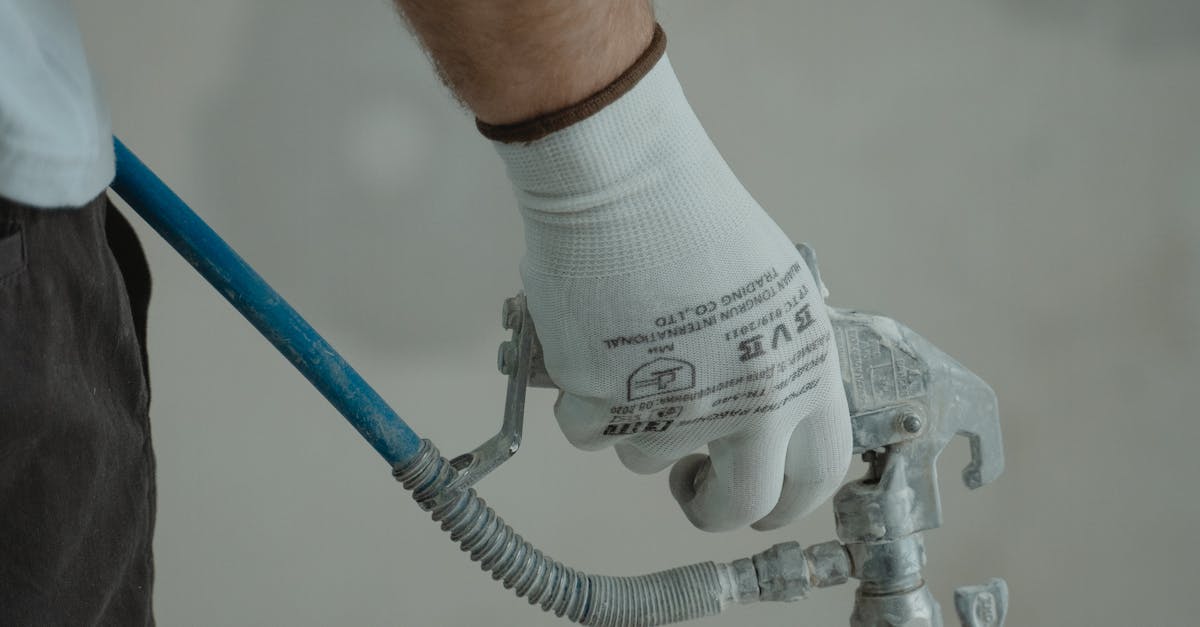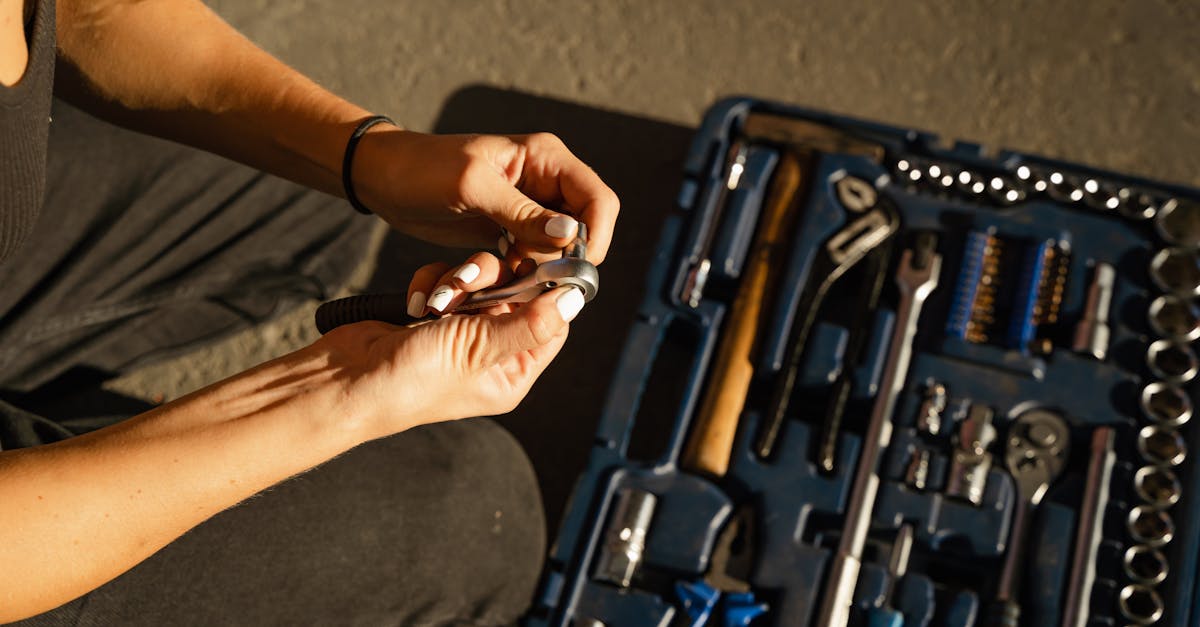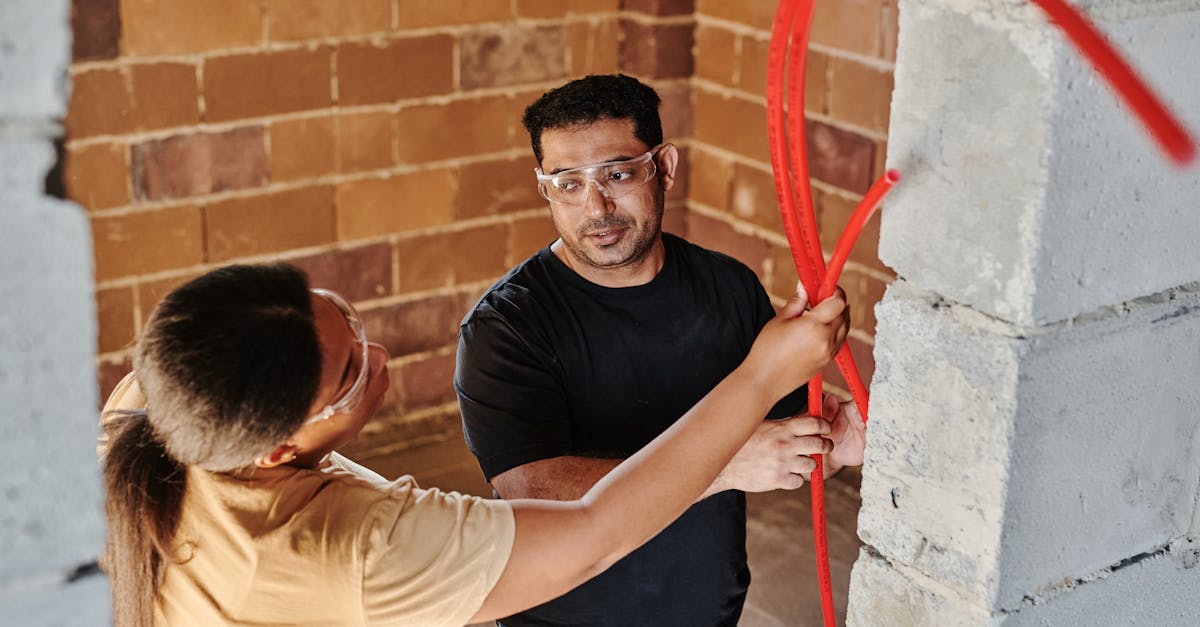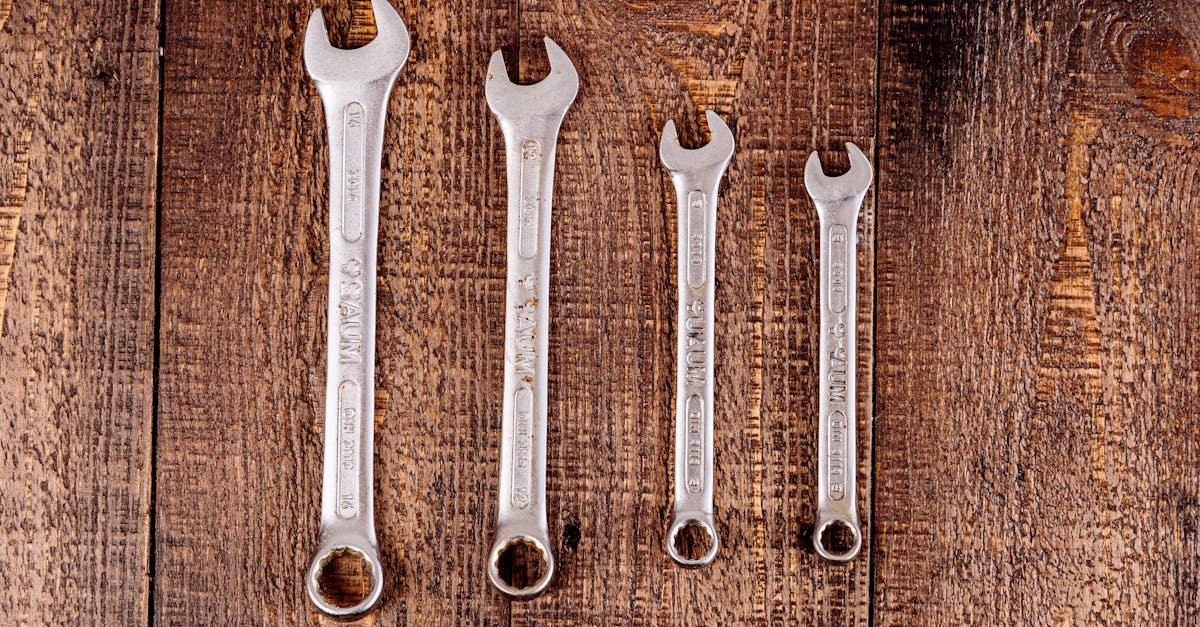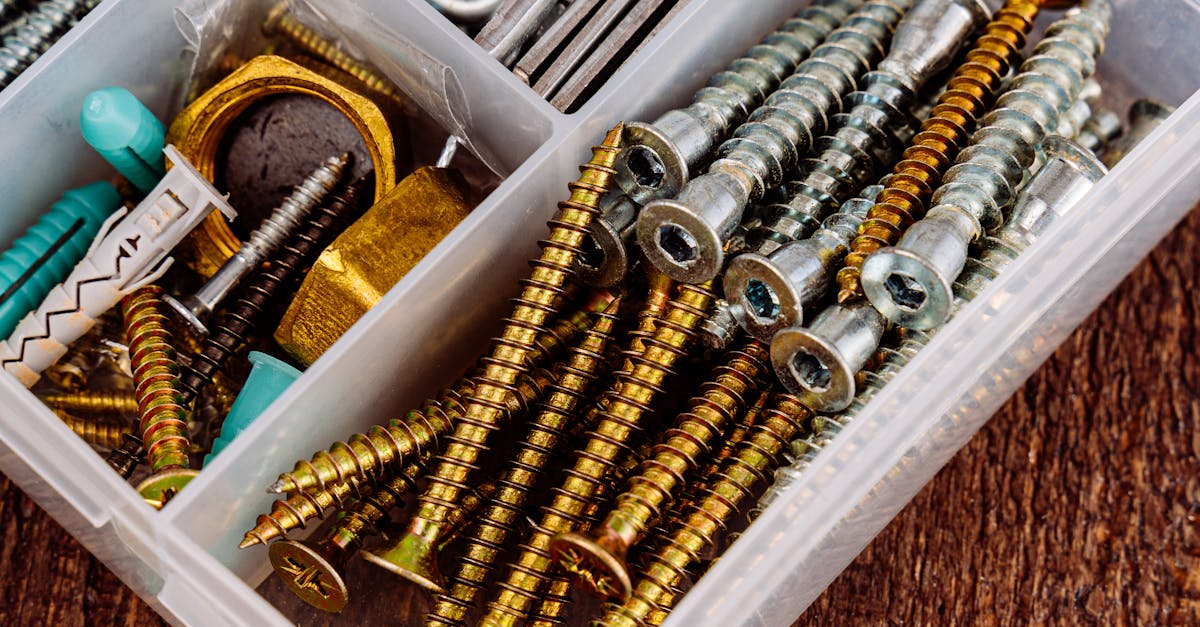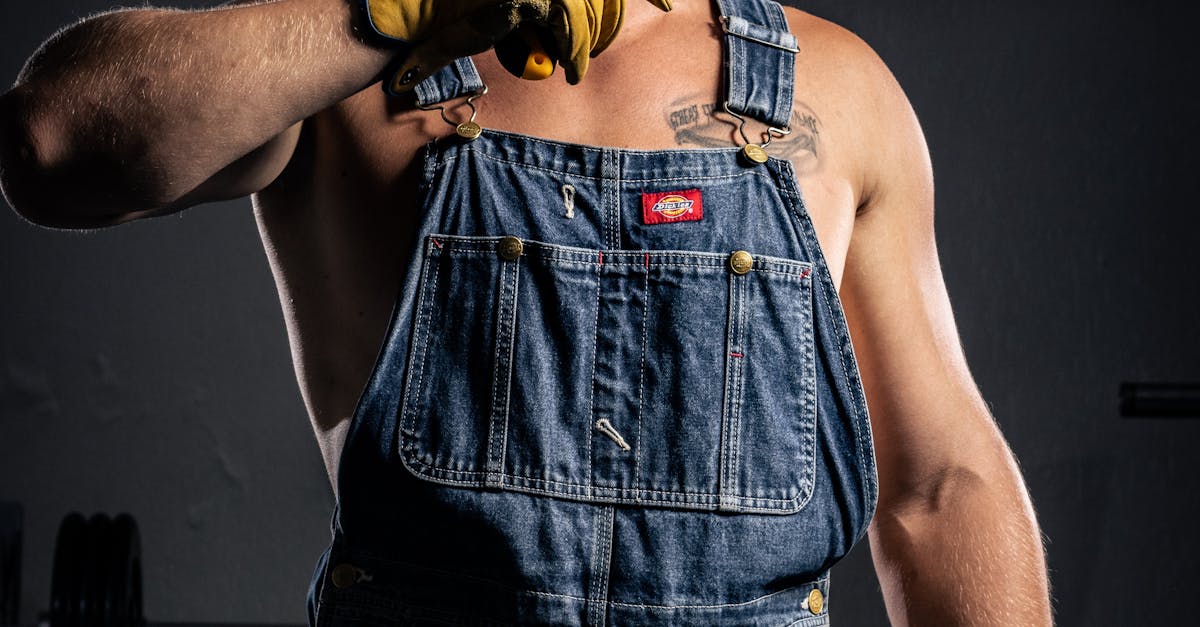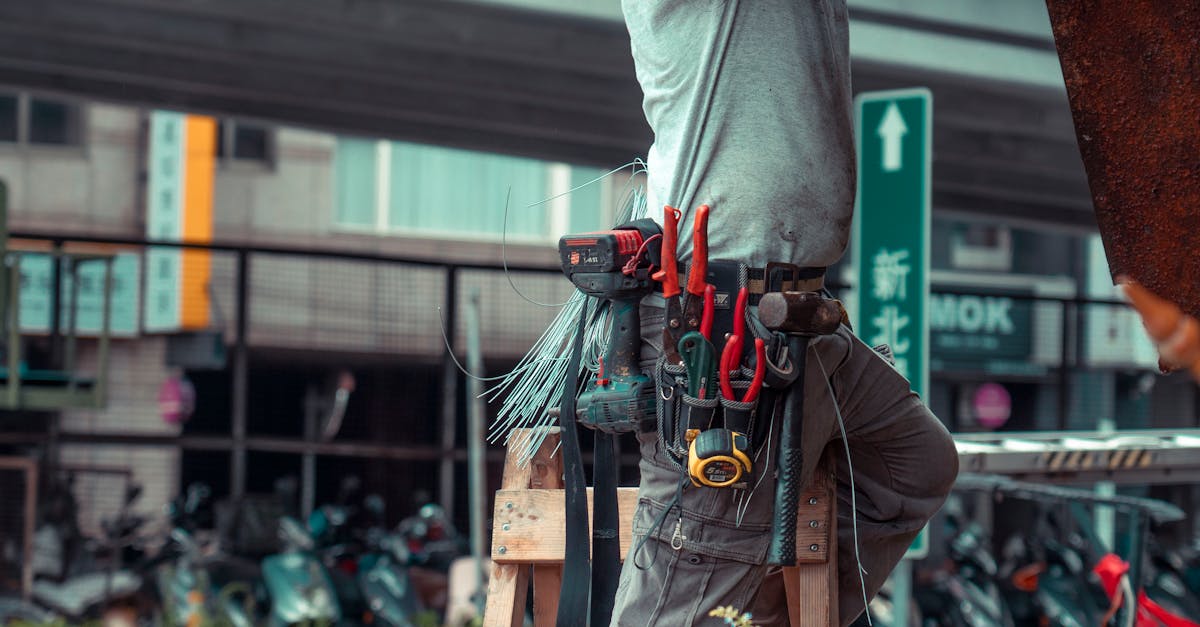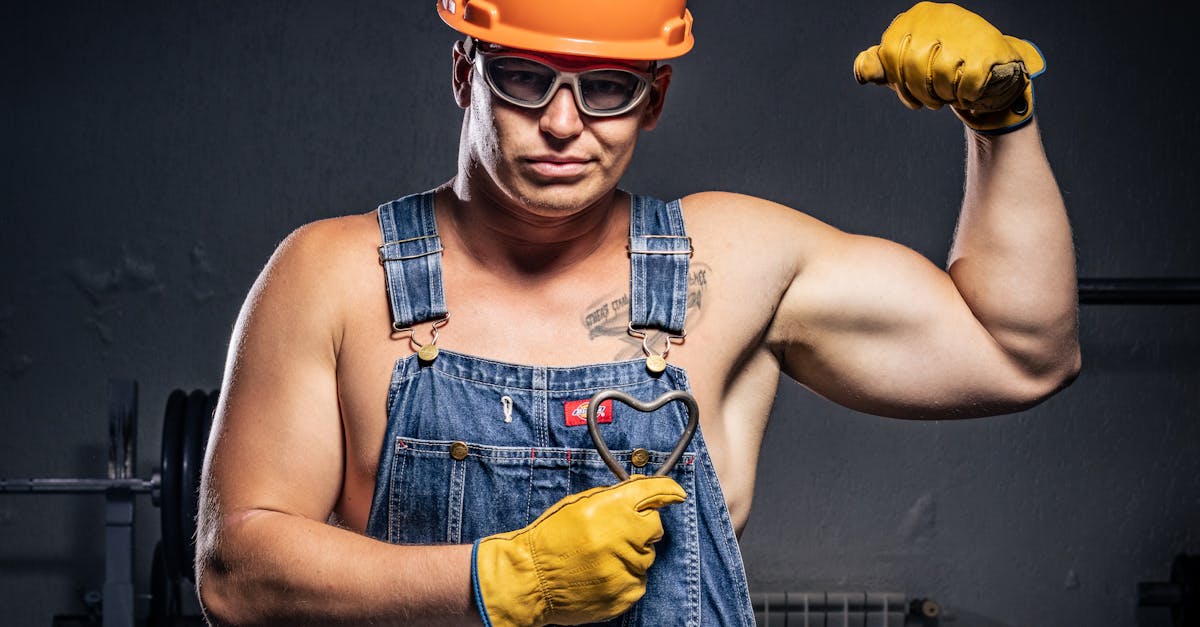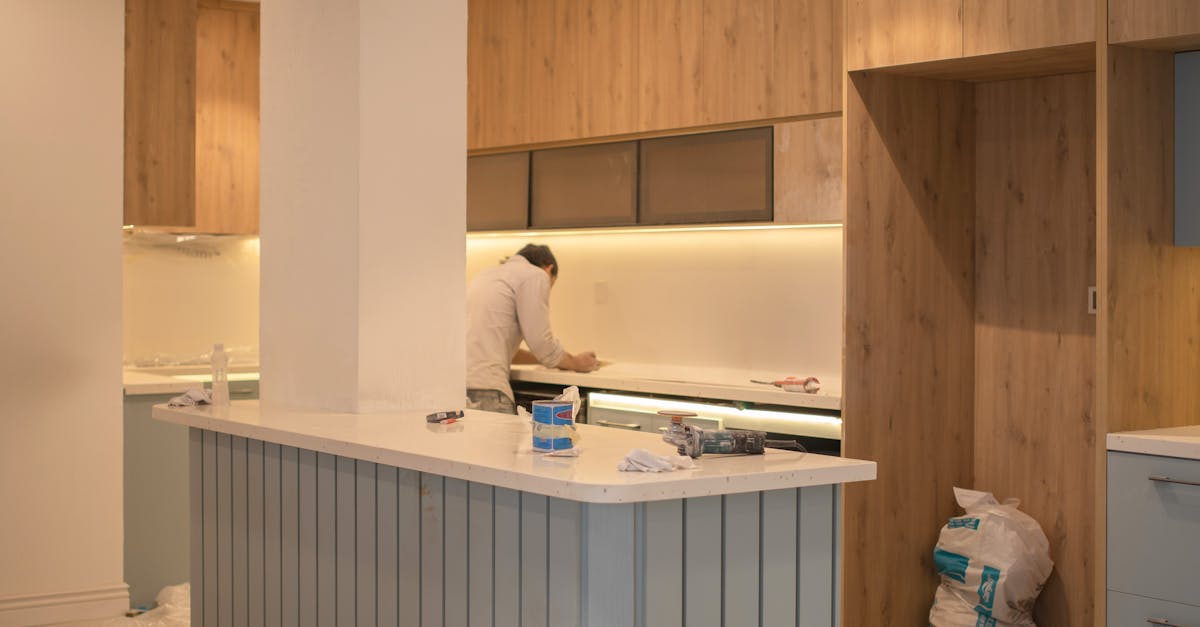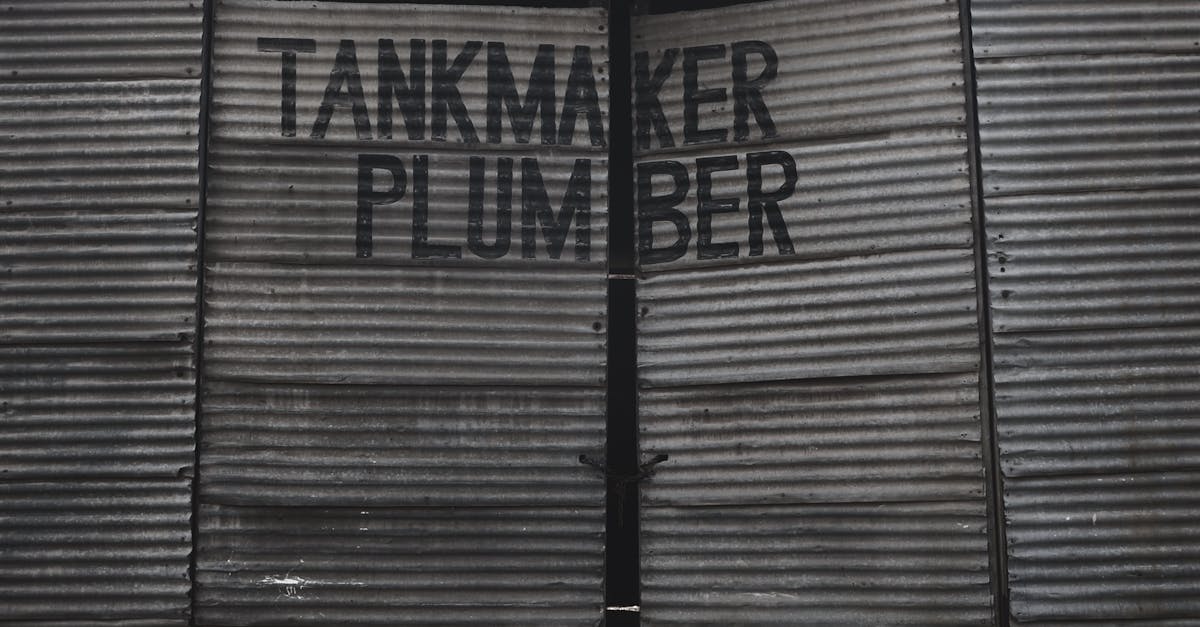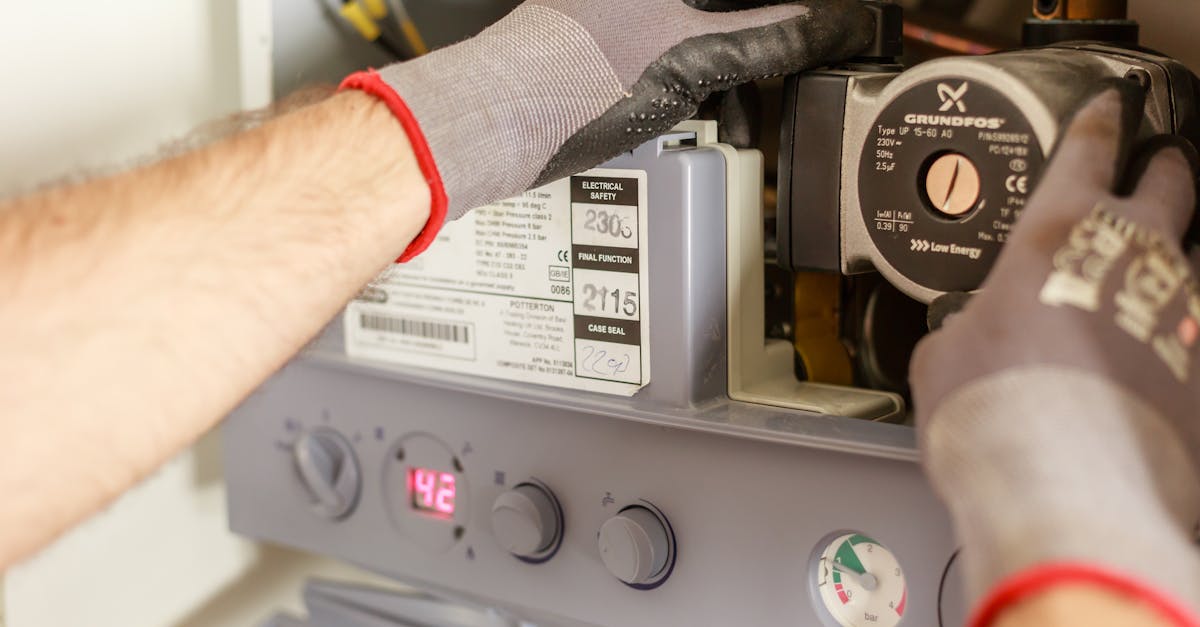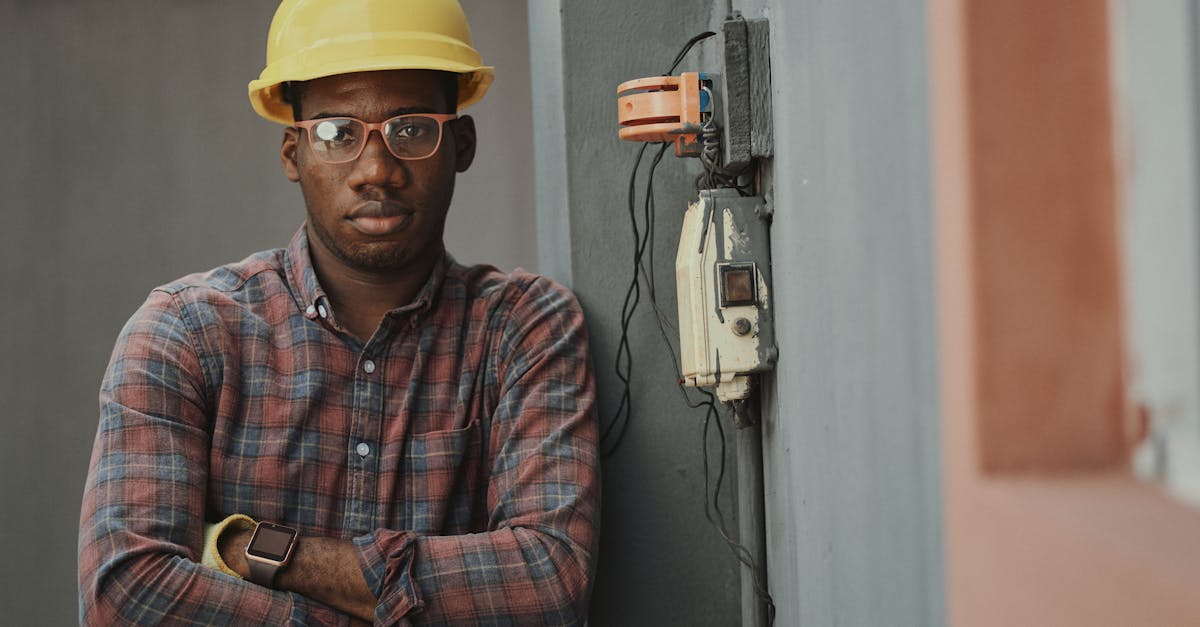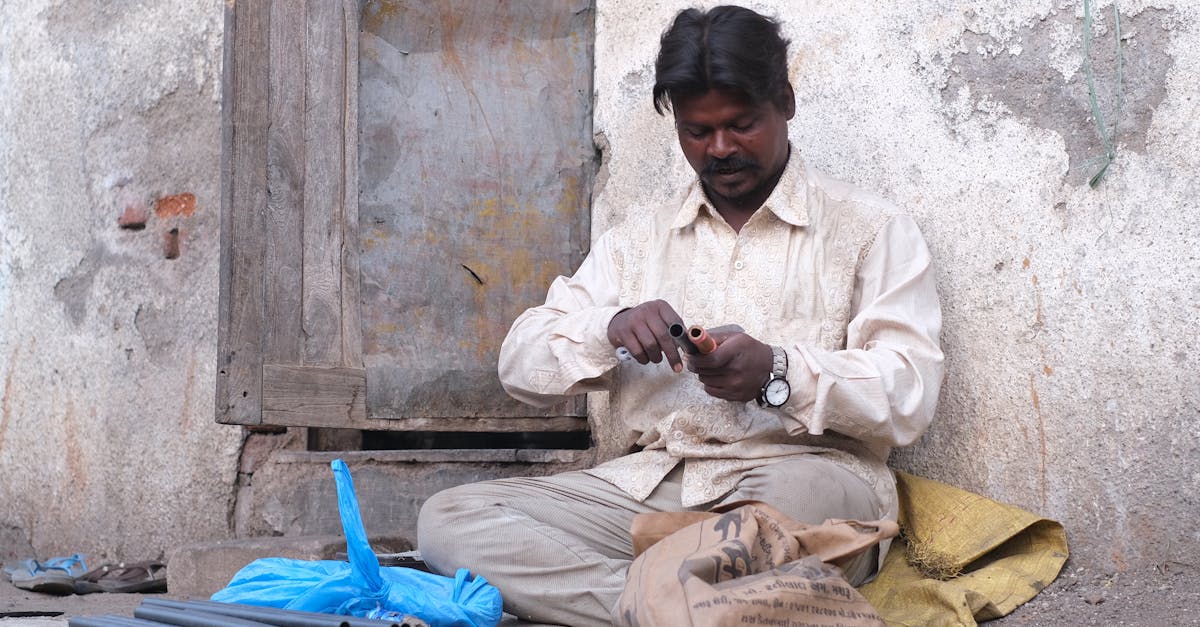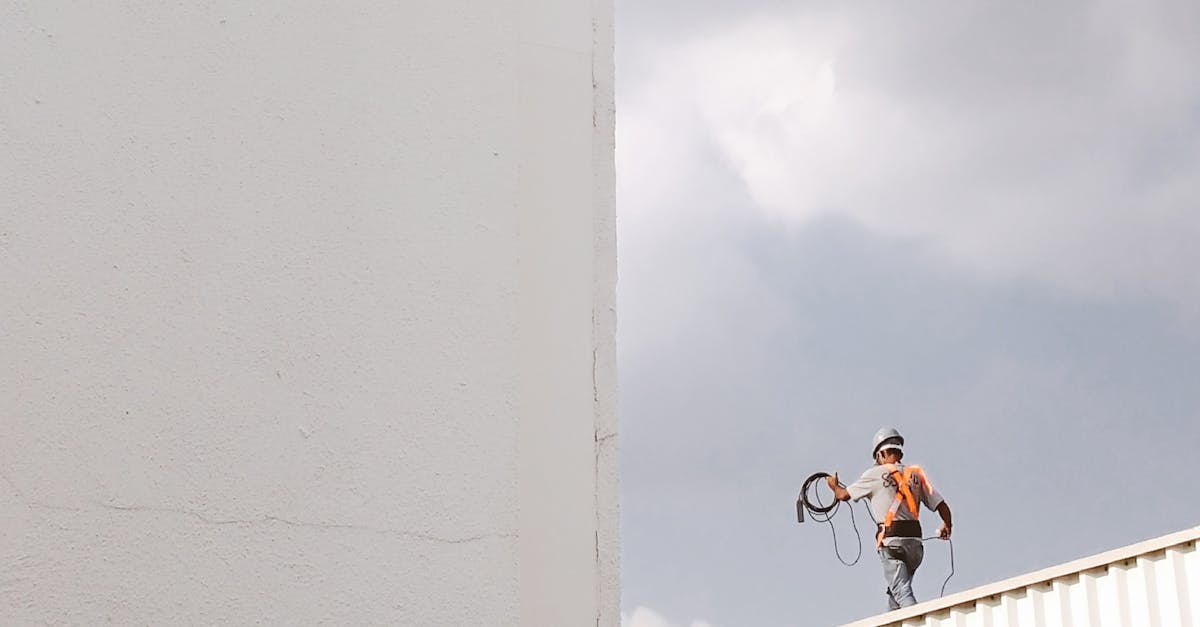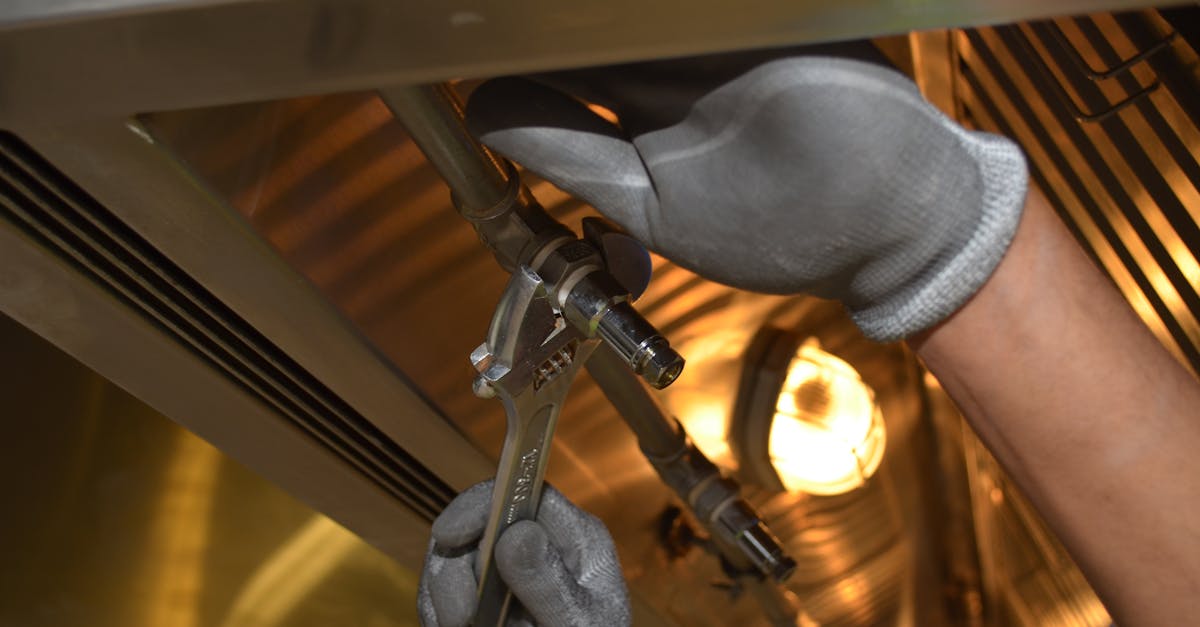
Table Of Contents
The Risk of Allergic Reactions
Pipe relining can sometimes lead to allergic reactions in individuals who are sensitive to specific materials used in the process. The resins and compounds utilized to create a new lining within existing pipes may contain chemicals that trigger allergies in sensitive individuals. Symptoms can range from mild skin irritation to more severe respiratory issues. Awareness of these potential reactions is crucial for anyone considering pipe relining, especially those with pre-existing sensitivities.
Furthermore, the risk of allergic reactions does not only pertain to residents but also to the professionals conducting the relining work. Plumbers and technicians may come into contact with the materials or inhaled fumes during installation. Proper protective measures and ventilation during the process are essential to mitigate these risks and ensure the safety of everyone involved.
Common Materials Used in Relining
Pipe relining typically uses materials such as epoxy resins and polyester. These materials are chosen for their durability and resistance to corrosion. Epoxy resins create a strong bond with existing pipe structures, allowing for seamless repairs. Polyester, while less commonly used, offers a flexible alternative that is often easier to manipulate during installation. Both materials have specific temperature and pressure tolerances that must be considered during the relining process.
Another important component is the felt or fiberglass liner that serves as a mold for the resin application. These liners help shape the new interior of the pipe and are essential for ensuring a snug fit. The entire setup requires careful planning and skilled labor to achieve successful pipe relining results. Missteps during the application could lead to subpar outcomes, which reinforces the need for trained professionals in the relining process.
Maintenance and Care Challenges
Pipe relining can streamline the repair process, but it also introduces certain maintenance challenges that property owners should consider. Regular inspections are crucial to ensure that the newly lined pipes remain in good condition. If left unchecked, potential issues such as blockages or leaks might go unnoticed, leading to more extensive repairs down the road.
Caring for relined pipes may also require adjustments to routine maintenance practices. Homeowners might need to alter their cleaning methods to accommodate the new lining material. Traditional techniques or harsh chemicals may damage the lining, which can shorten its lifespan and negate the benefits of the relining process. Understanding the specific needs of pipe relining is essential for maintaining optimal function and durability.
LongTerm Care Requirements
Long-term care requirements for pipe relining can pose significant challenges for property owners. While the initial installation provides a durable solution, ongoing maintenance is essential to ensure the effectiveness of the relining process. Regular inspections are necessary to identify potential issues, such as blockages or signs of wear and tear. Failure to conduct these checks may lead to more severe plumbing problems down the line.
Property owners should also be aware of the impact of environmental factors on the longevity of pipe relining. Temperature fluctuations, moisture levels, and nearby vegetation can influence the condition of the relined pipes. It is advisable to keep a close eye on landscaping and root growth, as these can compromise the integrity of the relining. Establishing a routine maintenance plan can help mitigate risks and prolong the lifespan of the relined pipes.
Aesthetic Drawbacks
Aesthetic considerations often come into play when evaluating the suitability of pipe relining for a plumbing project. Many homeowners prioritize a seamless appearance in their infrastructure. Irregularities or noticeable seams from the relining process can detract from the visual appeal of a property. This is particularly concerning in exposed areas where pipes may be visible, making aesthetic drawbacks a notable factor in decision-making.
Color matching can also present challenges when implementing pipe relining. The materials used in relining might not perfectly align with the existing fixtures or surrounding surfaces. This discrepancy can lead to a patchwork effect that compromises the overall harmony of the space. As a result, even if the functional aspects of pipe relining are successful, the visual integration may leave much to be desired.
Color Matching Issues
Color matching issues can arise when undertaking pipe relining. Different materials used in the relining process may not match the existing colors of the surrounding fixtures or infrastructure. This mismatch can become visually apparent, leading to an aesthetic inconsistency that homeowners may find unappealing.
Additionally, even if the initial relining color seems to match, fading over time can exacerbate the issue. Environmental factors such as sunlight and moisture can affect the color of the relined pipes differently than other elements, resulting in a stark contrast. Homeowners may ultimately need to consider repainting or making further modifications to achieve a cohesive look.
FAQS
What are the main disadvantages of dental relining?
The main disadvantages of dental relining include the risk of allergic reactions, maintenance and care challenges, aesthetic drawbacks, and issues with color matching.
Can allergic reactions occur from relining materials?
Yes, some individuals may experience allergic reactions to materials used in the relining process, which can cause discomfort and may require alternative solutions.
What maintenance challenges are associated with dental relining?
Dental relining requires ongoing maintenance to ensure the fit and comfort of the denture, and failure to do so can lead to additional problems like discomfort and increased wear.
Are there long-term care requirements for relined dentures?
Yes, long-term care for relined dentures typically involves regular dental check-ups, proper cleaning, and occasional adjustments to maintain comfort and function.
How can aesthetic drawbacks affect patients with relined dentures?
Aesthetic drawbacks, such as color matching issues, can lead to dentures that do not blend well with natural teeth, affecting a patient's smile and confidence.

